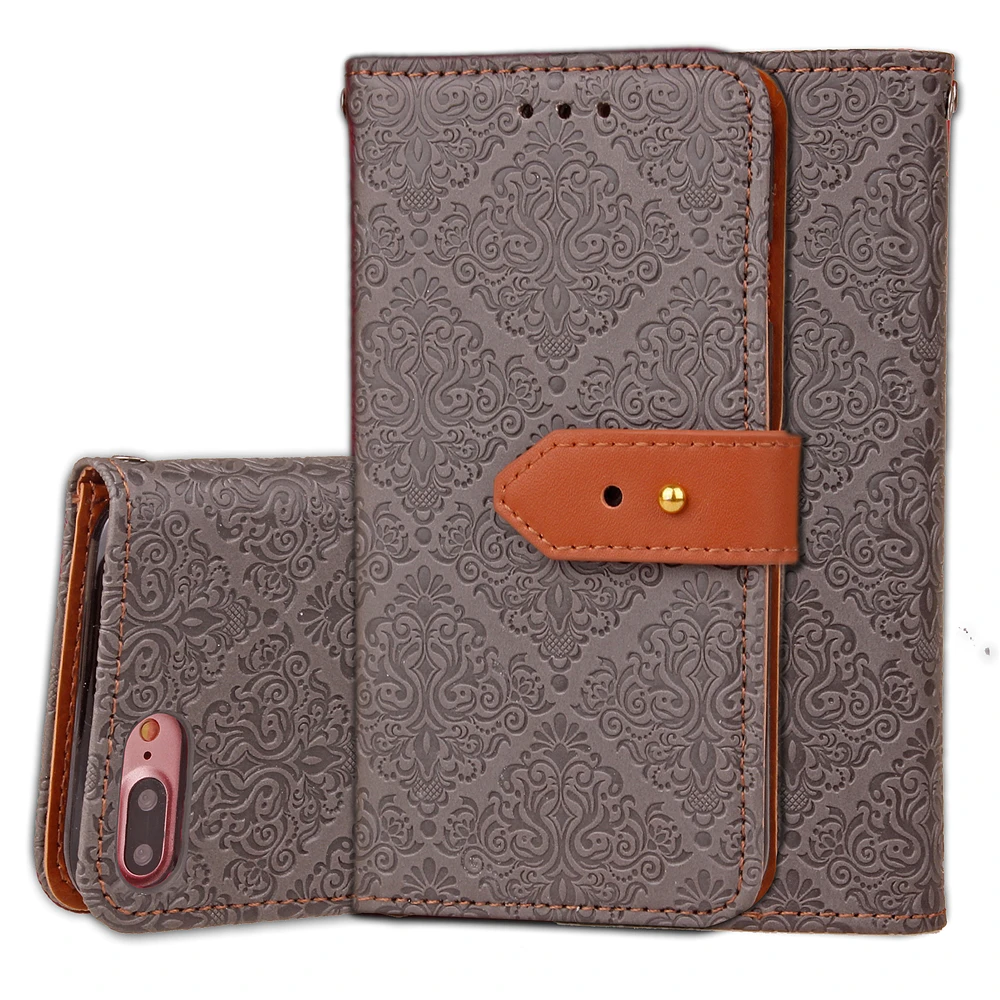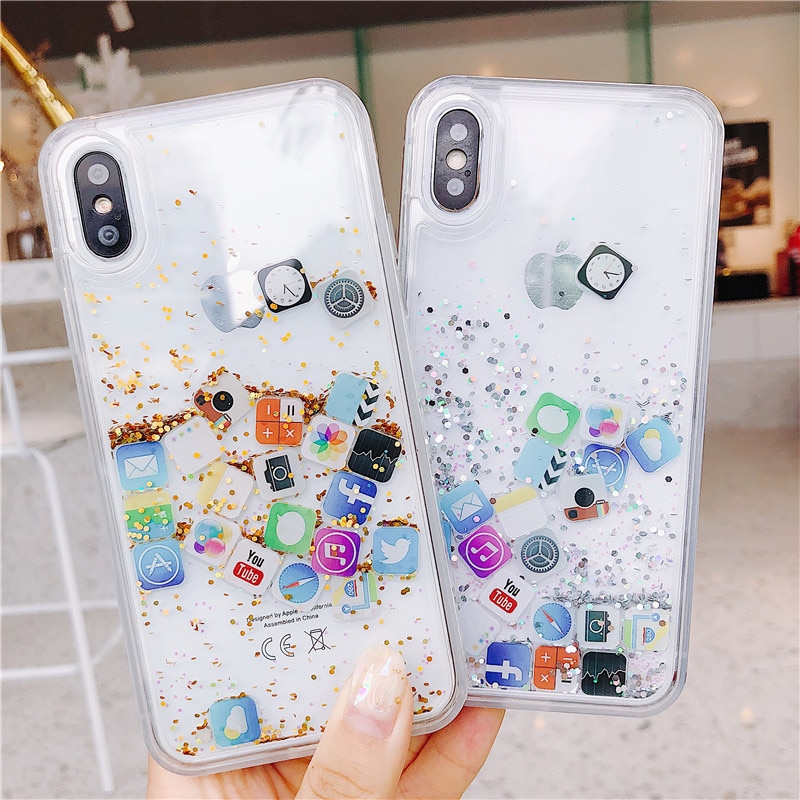Table of Content
A layout guide defines a rectangular region that helps you position, align, and space your content on the screen. The system includes predefined layout guides that make it easy to apply standard margins around content and restrict the width of text for optimal readability. Using a consistent layout that adapts to various contexts makes your experience more approachable and helps people enjoy their favorite apps and games on all their devices.

In this guide, you'll learn the basics on how to get any of the aforesaid methods done and help you customize the Home screen of your new iPhone device. As an added bonus, this makes a lot of apps easier to find, since it's easier to picture the app icon than remember where it sits in your layout. Thus, it makes sense to ignore the top of the iPhone Home Screen completely and use blank icons to shift your app icons towards the bottom.
Space / Galaxy Aesthetic Home Screen Layouts
Take extra care in designing your layout so that it looks great in a variety of screen sizes. Preview your app on multiple devices, using different orientations, localizations, and text sizes. Although it’s generally best to preview features like wide color on actual devices, you can use Xcode Simulator to check for clipping and other layout issues.

Include appropriate padding between focusable elements. When you use UIKit and the focus APIs, an element gets bigger when it comes into focus. Consider how elements look when they’re focused, and make sure they don’t unintentionally overlap important information. If you display content below the status bar, you can use the safe area to help dynamically reposition the content as needed. On iPad, consider placing controls on the sides of the screen in landscape orientation. When controls are on the left and right sides of the screen, people can reach them easily with both hands while they’re holding the device.
iOS 16 Neon Theme & Cyberpunk Layout Ideas
You can create a list of apps using the action "choose from the menu" within the shortcut app – making your shortcut open a particular app based on the selected menu option. After you create your monochromatic app shortcuts, you move all of the originals apps to one folder and place them on a home screen separately. After you’ve had your iDevice for a while, you’ll end up with a home screen completely confused and littered with apps and folders and you can’t find anything. Here’s how to reset to the default iOS screen so you can start over. Tap the blue + icon in the bottom right corner to add get a new wallpaper.

App ... Any folder that you have created on the home screen will be deleted. The apps inside it will be arranged based on whether they are pre-installed or manually installed.
Organize the Home Screen and App Library on your iPhone
You can customize your start page, change the text size on websites, and change display and privacy settings. Sign in to iCloud with the same Apple ID on multiple devices to keep your open tabs, bookmarks, browsing history, and Reading List up to date across all your Apple devices. Under HOME SCREEN NAME AND ICON, tap the icon button to add a new image for your shortcut.

For example, if your iOS app supports landscape mode, you can use Simulator to make sure your layouts look great regardless of whether the device rotates left or right. As expected, resetting the Home Screen layout will delete all the custom pages that you have created. Any apps added to those pages will be arranged in the default order.
Do you ever want to return to the default Home screen layout on your iPhone or iPad? Whether you’d like to use the iOS standard for a while or just use it as a starting point to switch things up, follow along for how to make it happen. Avoid placing more than two or three controls side by side in your interface. As a general rule, display no more than three buttons that contain glyphs — or two buttons that contain text — in a row. Design your content to extend from one edge of the screen to the other. The Apple Watch bezel provides a natural visual padding around your content.

Avoid placing interactive controls at the bottom edge of the screen when possible. Also avoid placing controls in the far corners of the screen because these areas can be difficult for people to reach comfortably. This example shows iPhone 6 home screen with photo background and app icons. The reset Home Screen layout feature, in simple words, restores the default iPhone home screen layout.
People can scroll down to bring up more information, such as cast and crew listings, ratings, and reviews. Use layout templates to build media-centered apps and use grids to provide collections of content. If the layout of your media app simply needs to present content beautifully with minimal layout customization, use a predesigned layout template.

The rating template lets people adjust the rating of a particular item, such as a movie or a song. The descriptive alert template can show a lengthy message that may ask the user to perform an action, such as agreeing to terms and conditions or reading a licensing agreement. Avoid placing controls or critical information at the bottom of a window.
As you design your app, defer to content whenever possible, avoiding customizations that appear distracting, jarring, or obtrusive. IOS 15 and later provides a keyboard layout guide that represents the space the keyboard currently occupies and accounts for safe area insets. Using this guide can help you make the keyboard feel like an integral part of your app, regardless of the type of keyboard people use or where they position it. For developer guidance, see UIKeyboardLayoutGuide.

Similarly, it will not impact other iPhone settings like Wi-Fi connections, permissions, notifications, etc. The Home screen on iPhone and iPad isn't meant to be a destination — a place to store widgets or spend time. It's meant to be a portal to all your apps, both built-in and downloaded from the App Store. If you don’t like what you did, you can always hide or delete a page and start over.
Despite the restrictions that Apple puts on the iPhone Home Screen, with a little out-of-the-box thinking and some simple tricks, you can come up with all sorts of creative app layouts. It's best to keep your most important apps within reach at all times. The easiest way to do this is to add your favorite four apps to the Dock, then prioritize the next-most important apps on your first Home Screen. If you're struggling to think of good folder name ideas for this Home Screen layout, you could also use emojis to give quick, colorful representations for each one. Use iEmpty to create blank spaces in your iPhone Home Screen layout, allowing you to move the remaining apps to whichever side you want them. This involves changing your wallpaper to one that conceals the dock.

No comments:
Post a Comment